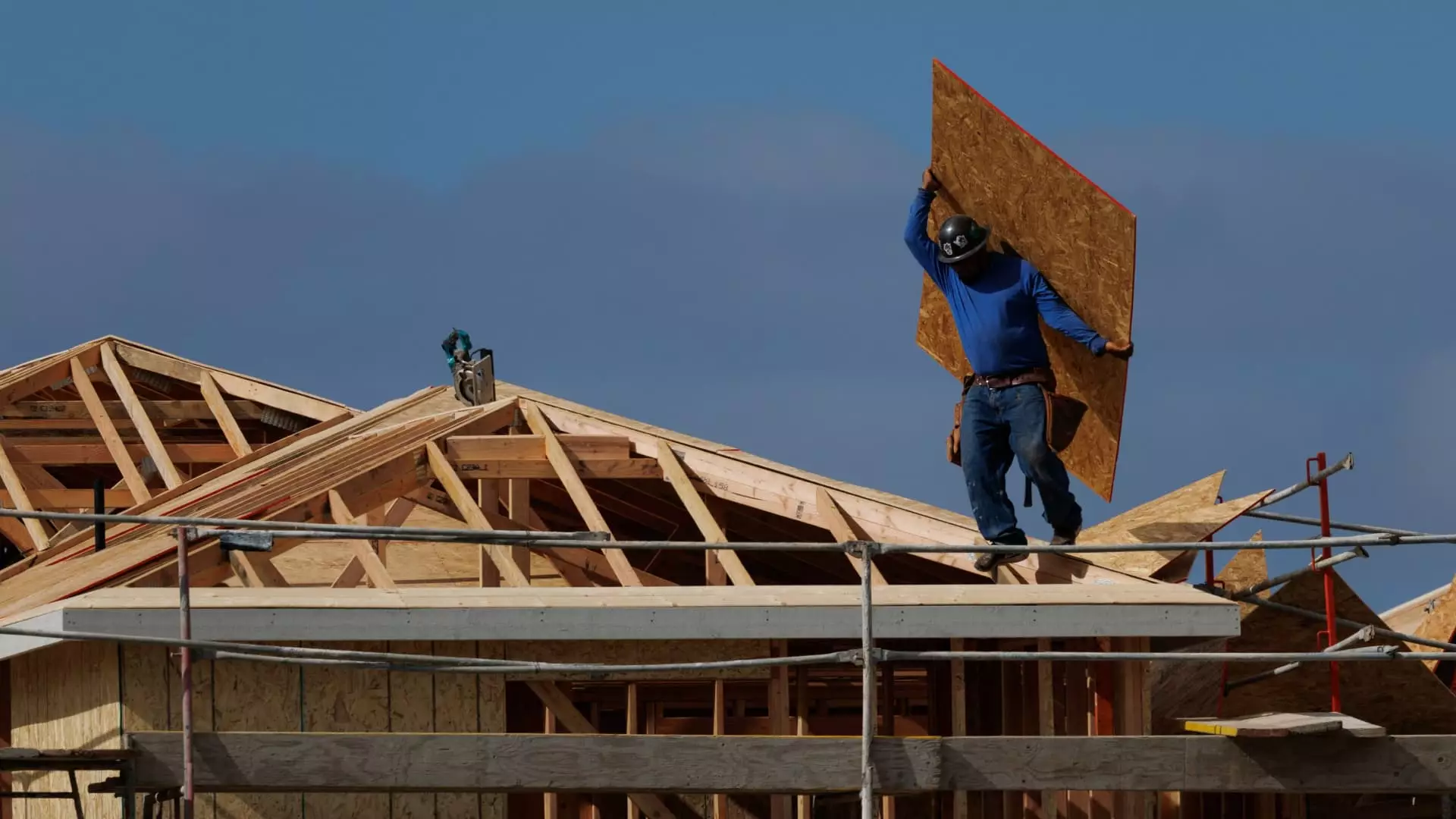Despite a faint flicker of optimism fueled by recent legislative efforts, the housing market remains mired in a deep and persistent malaise. The NAHB index’s mere 1-point rise to 33 in July, well below the 50 threshold signaling growth, exemplifies the fragile and unstable footing on which the sector teeters. This marginal increase, largely driven by a fleeting sense of relief from the new budget act, masks a concerning reality: demand continues to wane, and builders are rapidly lowering prices to stave off stalling sales. The narrative that recent legislation will reverse decades of affordability decline is overly optimistic and dangerously detached from broader economic fundamentals. What we are witnessing is a sector desperate to stay afloat amid rising interest rates, sluggish buyer traffic, and dwindling confidence — a perfect storm that should sound alarms rather than whispers of recovery.
Price Wars and Shrinking Margins: The Cost of Trying to Survive
In a reckless attempt to lure buyers, 38% of homebuilders resorted to slashing prices in July, marking the highest percentage since the NAHB began tracking this metric. The average discount of 5% is significant, shrinking already razor-thin margins and risking the financial stability of builders. This trend underscores a harsh reality: builders are increasingly forced to sell at a loss or near-cost, with little hope of reversing their fortunes through volume increases alone. The strategy of mortgage rate buydowns, intended to stimulate demand, has proven only a partial fix. Such tactics barely scratch the surface of the underlying problem — an uncompetitive market where high interest rates and persistent affordability issues suppress buyer interest wholesale. It’s akin to putting a bandage on a bleeding wound: temporary relief with long-term damage.
Demand Deterioration: A Looming Crisis on the Horizon
The structural issues plaguing the housing market are clearer than ever. Buyer traffic has hit the lowest point since late 2022, with only 20% of builders reporting hopeful traffic levels — a stark indicator that most potential homebuyers remain on the sidelines. Meanwhile, sales conditions are stagnating, and expectations for future sales have barely moved upward. The undercurrent of pessimism among builders suggests that the industry’s recent “stability” is more illusion than reality. Chief Economist Robert Dietz’s warning about declining single-family permits and construction starts underscores a forecast of continued deterioration. If builders are already experiencing a two-year low in traffic and permit issuance has fallen 6% year-to-date, it signals an impending contraction that could be deeply damaging, not just for construction firms but for the broader economy that relies on a healthy housing market.
Regional Variations: The Fragile Patchwork of Confidence
The housing crisis does not hit every region uniformly, but the uneven recovery or decline highlights the deep-rooted structural weakness beneath the surface. While the Northeast registers a slight uptick in builder sentiment, regions like the South and West face sharper declines — areas where affordability crises and interest rate spikes hit hardest. The regional disparities reflect a broader economic imbalance; areas with more affordable or less risky markets might momentarily buck the downward trend, but the overall picture remains bleak. It is a fragmented and uncertain landscape, wherein even the slight regional improvements are unlikely to offset the broader trend of stagnation and decline.
The Self-Inflicted Wounds of Housing Policy
Politically motivated optimism, such as recent legislative measures aimed at tax relief, distract from the stubborn, systemic issues that afflict the housing industry. These short-term interventions do little to address the core problems of rising mortgage rates, unaffordable home prices, and inflated construction costs. Instead, they serve as temporary Band-Aids, offering fleeting solace while the industry grapples with fundamental economic hurdles. The reality is that without substantial structural reforms—such as better land-use policies, more sensible regulation, and measures to reduce borrowing costs—the sector will continue its downward spiral. The politically driven narrative of housing renewal masks the deeper policy failings that leave millions of potential buyers unable to enter the market and builders increasingly squeezed between declining demand and mounting costs.
As the year progresses, the signs are clear: the housing sector is caught in a vicious cycle of declining demand, falling prices, and shrinking margins. Without a profound re-evaluation of economic policies and market strategies, the forecast for 2025 remains grim — a warning of an industry on the brink of a prolonged downturn, with ripple effects that will threaten broader economic stability.


Leave a Reply